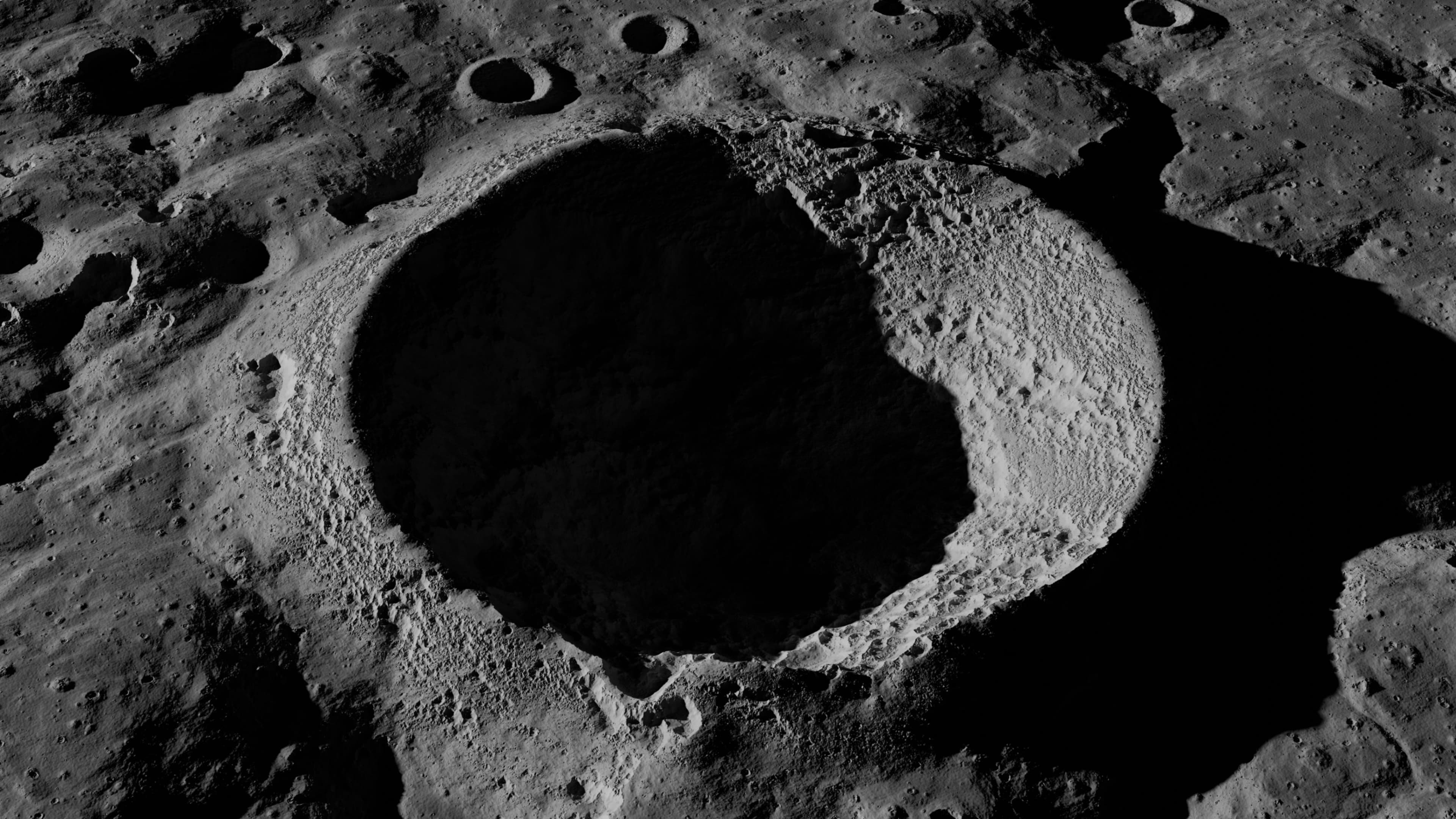
How AI Image Recognition Pinpointed Lunar Cave Entrances
The identification of new lunar cave entrances was made possible through the advanced deployment of artificial intelligence-powered image recognition systems. These systems, trained on vast datasets of lunar surface imagery, analyzed thousands of high-resolution images captured by NASA's Lunar Reconnaissance Orbiter (LRO). By applying convolutional neural networks (CNNs), researchers were able to detect subtle variations in pixel patterns that human analysts might overlook. These anomalies often signify collapsed skylights or sinkhole-like features that indicate potential cave entrances or lava tubes beneath the surface. One recent study led by researchers at the SETI Institute used machine learning models to expand the Lunar Pits Atlas, adding new potential access points to subterranean lunar environments with a high degree of confidence based on image pattern consistency, light shadow analysis, and geological context¹.
These discoveries are not isolated events but represent a broader shift in planetary analysis. Traditional manual interpretation of orbital imagery is time-consuming and prone to subjective bias. AI systems, by contrast, can rapidly scan and evaluate surface features across entire hemispheres of the Moon, identifying patterns at scale. This capability is especially critical in identifying caves, which offer strategic value for future missions. The use of AI for lunar surface mapping not only enhances precision but also ensures that each new feature is cataloged with standardized metadata, making it easier for space agencies and private partners to incorporate into mission planning frameworks².
Lunar Caves as Strategic Habitats for Human Missions
The newly identified lunar caves offer more than scientific intrigue. These structures could serve as pre-built shelters for astronauts, mitigating several of the Moon's most inhospitable conditions. The lunar surface is bombarded by cosmic radiation and solar flares, experiences temperature swings from -173°C at night to 127°C during the day, and lacks any atmospheric protection from micrometeorites. Natural caves, suspected to be remnants of ancient lava tubes, offer enclosed environments that can shield equipment and personnel from these hazards. The thermal inertia of subterranean rock also provides a more stable internal temperature, reducing power demands for climate regulation³.
These potential habitats align with the Artemis program's objective to establish a sustainable human presence on the Moon. NASA has already assessed the structural integrity of some identified pits using shadow analysis, and ongoing robotic missions may further evaluate their depth and accessibility. Once confirmed, these caves could be equipped with inflatable modules, power storage systems, and airlocks, creating a hybrid natural-artificial base that is less resource-intensive than constructing shelters on open ground. For Mars missions, where transport costs are even higher, learning to utilize existing geological formations as shelters could set a precedent for habitat design⁴.
The Lunar Pits Atlas as a Planning Resource
The Lunar Pits Atlas, a growing geospatial repository of lunar cave features, is becom
Read-Only
$3.99/month
- ✓ Unlimited article access
- ✓ Profile setup & commenting
- ✓ Newsletter
Essential
$6.99/month
- ✓ All Read-Only features
- ✓ Connect with subscribers
- ✓ Private messaging
- ✓ Access to CityGov AI
- ✓ 5 submissions, 2 publications
Premium
$9.99/month
- ✓ All Essential features
- 3 publications
- ✓ Library function access
- ✓ Spotlight feature
- ✓ Expert verification
- ✓ Early access to new features
More from Artificial Intelligence
Explore related articles on similar topics





